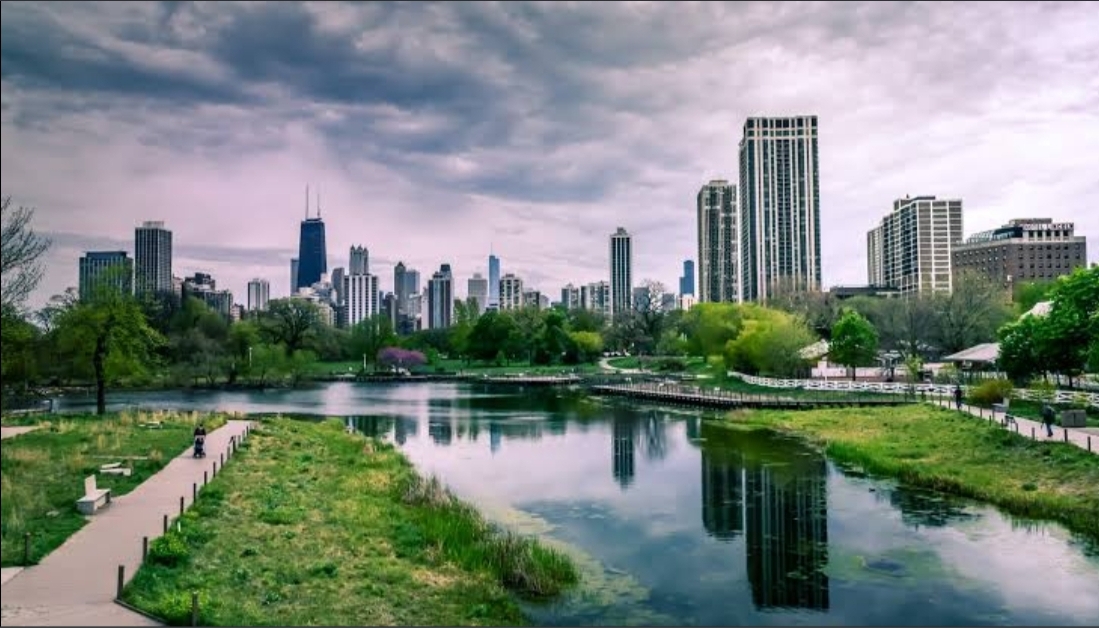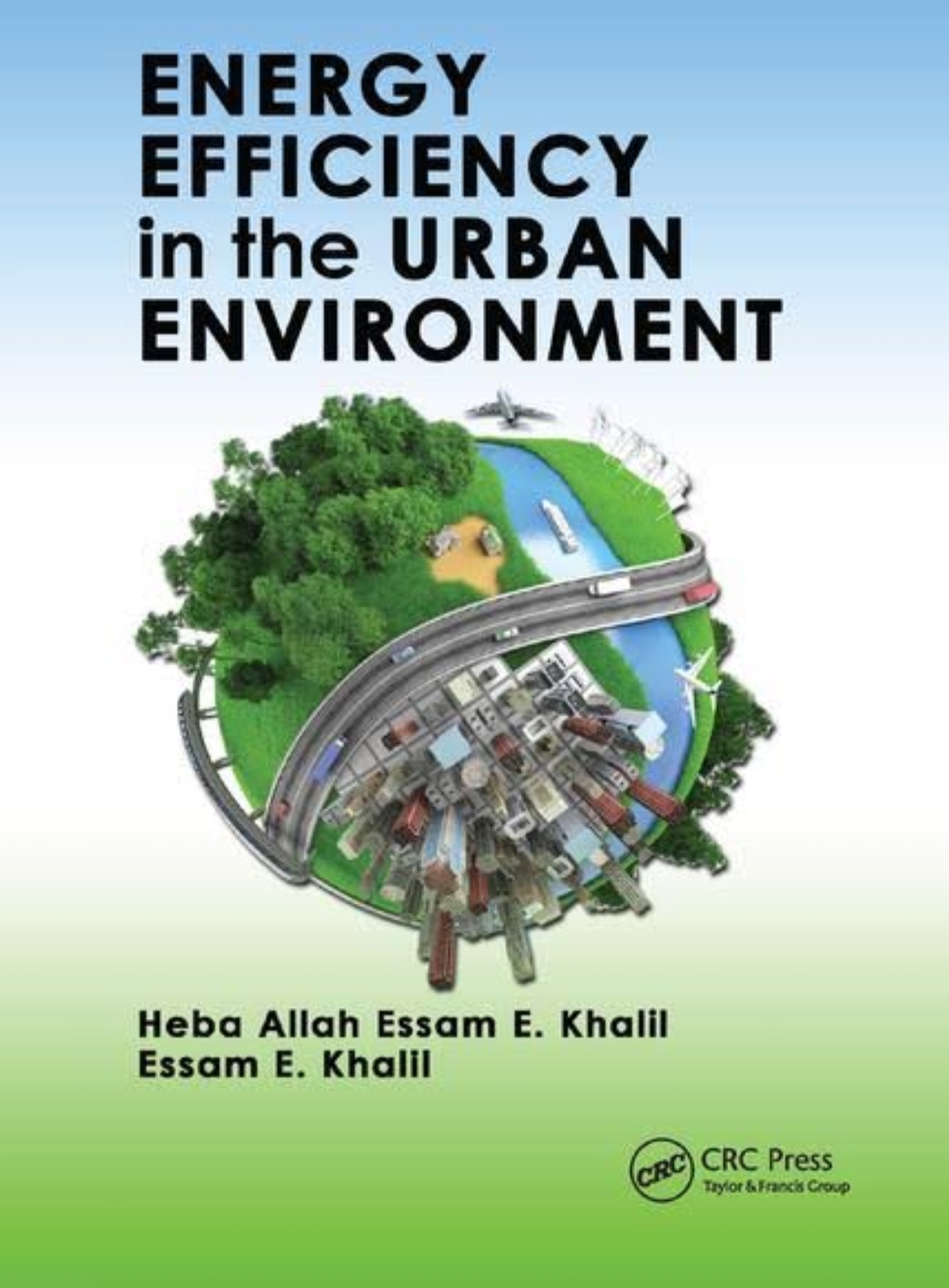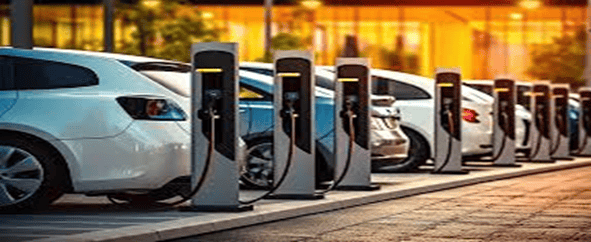India to witness lockdown 4.0 coming to an end and Union Ministry of Home Affairs issuing guidelines for a phased-wise reopening of the economy and cities in India. In order to work towards being Atmnirbhar Bharat or self-reliant India, lockdown 5.0 is termed as Unlock 1′. The new rules allow religious places, shopping malls, hotels and restaurants to open from June 8. The government has decided to allow all activities prohibited earlier in areas outside containment zones in a phased manner.
The List of activities which will remain prohibited are –
International flights, Metro train services, Cinema halls, gyms, swimming pools, entertainment parks, theatres, bars and auditoriums, assembly halls, etc. Gatherings like social, political, sports, entertainment, academic, cultural, religious to remain close. Night curfew to continue on the movement of individuals for all non-essential activities. The timings for night curfew has been revised to 9 pm-5 am. Schools, colleges, educational/ training/ coaching institutions etc., will be opened only after consultations with state governments and union territories.

The ongoing scenario in India highlights that our policymakers and governments are yet to fully understand the problem particularly in urban India where particularly urban population and families living in slums are most vulnerable to the pandemic and severely impacted by the lockdowns. If we take a look at the analytics behind the no. of covid19 cases it has become apparent that the megacities are worst affected, with half of the country’s COVID cases reported from just the four cities of Mumbai, Delhi, Chennai, and Ahmedabad.
Analytical view on Covid-19 cases and urbanization
As per the data released by the Ministry of Health and Family welfare shows that nearly 70% of cases in India are recorded from Maharashtra, Tamil Nadu, Gujarat, and Delhi. Maharashtra alone has contributed 1 out of every three cases reported in India. A more in-depth analysis of the intra-state distribution of cases reveals that an overwhelming number of cases have emerged from the large cities in the more urbanized States. Maharashtra, which recorded a massive a cases have the third-highest urbanization rate (45%) among the Indian States.
Tamil nadu which is 48% urbanized, the second highest among the States. Similarly, Gujarat which has an urbanization rate of 43%, much above India’s average 31%. The analysis shows that megacities significantly drive the COVID numbers in these large, urbanized states. Ten megacities (with population over 10 million) in Maharashtra contributes an overwhelming 94% of all cases in the State. In Gujarat, 90% of the total cases have emerged from just four megacities. Likewise, 80% of cases in Madhya Pradesh are reported from four cities, and 70% of cases in West Bengal are concentrated in Just the two megacities.
Major concerns in Urban India which made difficult to combat Covid19 :-
The current crisis has clearly demonstrated that large cities across India have been underwhelming in their capacities to mobilize resources and implement strategies to contain the coronavirus. This should be seen in a broader context of their ability to respond to disasters and preparedness to face environmental, social, and humanitarian crises that are increasingly becoming new normal in cities across the world and in India.
The official data and evidence from the Centre Government establishes the fact that COVID-19 pandemic in India has taken its roots in Urban areas and it is the mega urban regions where the battle is being fought.
These crisis has also revealed some serious concerns which are still prevailing in our society irrespective of Government Schemes and policies to eradicate them. The two most impactful aspects in this matter is the deep rooted economic inequalities faced by India’s urban poor In meeting daily needs and affordable housing for the urban poor.
Above all, Urban India is facing the most critical question “how strong our cities are to natural calamities or pandemics ”? . Last three months has clearly reflected that there is a lot of work or opportunities in urban policy framing to make cities more resilient when it comes to quick mapping, transportations, temporary sheds, food supply and on ground protocols.

Sustainable solutions to make Urban India more equipped to handle crises.
The current crisis should be used as an opportunity to break away from the traditional approach and come up with futuristic and sustainable solutions. The observations below can help the administration in handling the situation and making cities ready for pandemics or natural calamities:-
- Progressive Health Programme in Urban cities : The recommendations of the United Nations Habitat III Urban. Mainstreaming health in the urban development agenda and focus on the quality of urban environments with lifestyle and dietary habits, which have come to the fore as a key determinant of human vulnerabilities to pandemic. Offers significant opportunities for improving health and economic productivity while negating economic costs Focusing on health in Indian cities can unlock progress to reduce inequalities in urban areas. This can be done and managed by robust health infrastructure systems, including hospitals, public health workforce, medical information, and data systems, and public health laboratories. By doing so, our cities shall place people’s health and life care needs at the heart of urban planning.
- Urban-Rural Integration Programme :-Cities provide the jobs and educational opportunities and on the other hand rural regions provides labour and ensures robust food supply chains to cities. But the Urban domain have failed to even provide basic covers such as adequate housing for the poor. To address these challenges, Indian cities need to move from a fragmented to integration approach. There are many public schemes for regional and urban development like Smart City, Gift City, PM Awas Yojna but a common feature of these different planning instruments is that they are poorly coordinated across complex jurisdictional boundaries, and lack of convergence among proposals weakens our city’s ability to deliver integrated future-proof solutions. It is important to consider that Urban Agglomerations in India normally groups several administrative bodies. As planning instruments frequently are carried out by different bodies, an agglomeration planning perspective is required. The reviewing, analysis, and synthesis of all existing planning instruments in each city is an essential step to provide strategies that are implementable on the basis of the public administration system.
- Technological War Rooms
Urban India must explore the boundaries of digital technologies and big data and the ways they can be leveraged to improve cities capacities in preparing for and responding to emergencies. Many cities under the Smart Cities Mission have developed Integrated Command and Control Centre which are being used as COVID War Room (The Economic Times, 2020) for real-time data monitoring about the status of coronavirus cases in different administrative zones and wards through a central information dashboard. Information and Communication technologies in such War Room enables officials to track people under quarantine, suspected cases as well as GPS and CCTV monitoring of healthcare workers and COVID designated hospitals. - Big data Approach
Using advanced data analytics, the city administrators can develop containment plan and response strategies while seamlessly collaborating with the State and Central level agencies through web-technologies in these Command Centres. In the post-COVID era, cities must learn from each other about the use and benefits of these Command Control technologies, create digital capacities within local corporations to actively respond in real-time to events like pandemics and common disasters such as flood and heatwaves. In the age of Big Data, we shall also find newer ways to create population inventory and tracking mechanisms, especially of the migrants and urban poor who are often the worst hit in emergency situations. Just a quick look at the Census of India 2011 Household Series data (Household Series) show that nearly 40 lakh people live in slums and 3.5 lakh are houseless in the 20 largest metropolitan areas of the country. - Progressive Urban button-up Policy
The concerns which are reflected here are the problem coordination between the Centre Government with state Government and between state governments with the Urban Local bodies. Despite some of the urban local bodies have huge budgets and greater on ground network of workers but still due to rigid government policies and formalities a lot of resources and time is wasted.
The Centre Government should work to establish a statutory committee in future consisting of people from Urban local bodies under the leadership of Major or ULB Commissioner with designated fund and power to tackle the natural calamities or humanitarian crises while working on ground and the body should only report to MHA. The government now should work to frame policies to make cities more sustainable and equipped by listing some provisions as marking public building and infrastructure as temporary sheds for poor during crises, proper intercity mobility of food grains using PDS, better transportation facilities and urban-rural integration.
Written by : Deepanshu
Source – https://therepresentative.co.in/after-smart-cities-india-now-needs-sustainable-and-heathy-cities-in-future/
Reference – United Nations Habitat and National institute of Urban Affairs



